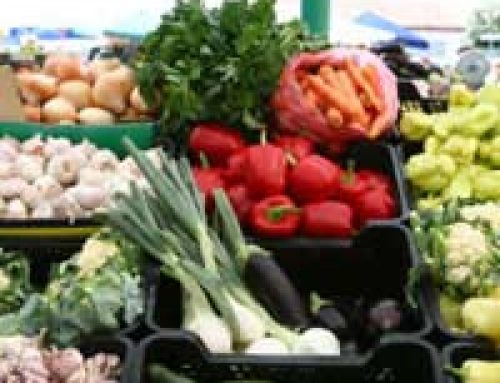
How much salt? Wrong kind of fat? Too high in sugar? Is it organic? We’ve all been there – staring at a food carton in the supermarket aisle, trying to work out what’s good for us, what might be alright if we’re in a hurry and what’s a complete no-no. And that’s just working out what we should be putting into our bodies; working out whether the product was manufactured sustainably, or if we can dispose of the packaging in an environmentally-friendly way presents a whole set of further questions.
Providing Information for the Consumer
Food manufacturers are required by law to label the ingredients used and to provide certain nutritional information on the packaging. They are also encouraged as best practise, to state the provenance of the product and whether the packaging is recyclable. Given that most companies will also wish to include their own attention-grabbing graphics, identifiable images and enticements to buy, this has led to a huge amount of information crammed onto every available surface of the product and left the consumer confused.
So, how do we work our way to understanding food labels?
Well, the government is committed to helping the general public understand food labels better and therefore make informed choices about the products we by. They also work to ensure that suppliers adhere to strict labelling guidelines where they are determined by law, and to moving towards clearer labelling where confusion still exists or the public is being misled.
Regulation
Current legislation for food labels is set by the Food Standards Agency which regulates the type of information printed on the packaging and ensures false claims are not made. The Agency is also responsible for policing what goes into the foodstuff itself and for regulation concerning whether the product might become contaminated by anything contained in the packaging.
The Traffic Light System
One of the labelling schemes which the FSA has developed is that of the Traffic Light system. This is a simple set of markers which indicate low (‘good’), medium (’OK’) or high (‘bad’) levels of sugar, fats and salt in any given food product – the three ingredients most commonly linked with bad health. As the name of the scheme implies, green denotes ‘go’, orange ‘possible’, and red ‘stop’.
The system has been designed to be easily seen and understood by the consumer and the number of companies adopting them is growing.
The Red Tractor
Another successful scheme to help our understanding of food labels is that of the Red Tractor – again developed and implemented by the Food Standards Agency.
The red and blue logo of a tractor on packaging means that the company which produced the food was independently assessed to determine that acceptable standards of animal welfare, safety and/or environmental conditions were met. Once accredited, the manufacturers earn the right to include the red tractor symbol on their products.
The scheme is predominantly administered by Assured Food Standards, a voluntary overseeing body made up of a conglomerate of food producers who sign up for the assurance schemes and for whom guidance notes are provided by the FSA.
Pure, Fresh, Natural
In contrast to such effective labelling mechanisms is the inadequate consumer guidance over common expressions food producers use to try to sell their products. Words such as ‘traditional’, ‘farmhouse’, ‘premium’, ‘pure’, ‘natural’ and ‘fresh’ all conjure up impressions of health, goodness and purity – and so they’re designed to. Nevertheless, research carried out by the Food Standards Agency in 2002 found such terminology to be often misleading and sometimes untrue. The Agency therefore set tighter rules for eight such words (including ‘pure’, ‘fresh’, and ‘natural’) and is currently investigating other similar and commonly used terms.
Further Information
There is a lot of help on hand to aid our understanding of food and packaging labels and there is recognition by both the government and the food industry that more needs to be done to simplify and streamline labelling for the future.




Hi. I’m trying to find out more about 1. Food labelling for air freighted foods and 2. Legislation to tax or reduce food that is transported by air, with associated carbon emissions 3. Campaigns or lobby groups tackling these two things Thanks! Bridget